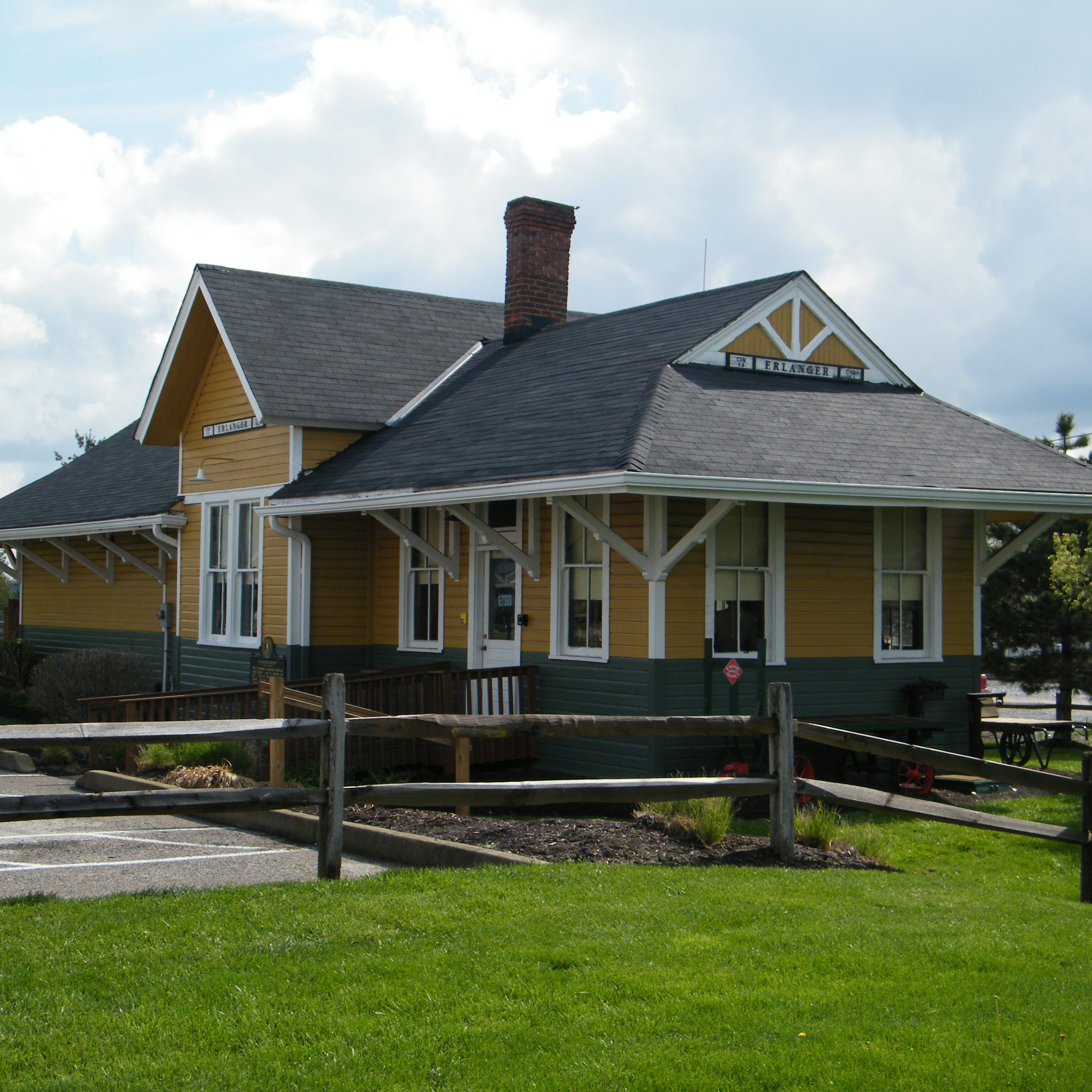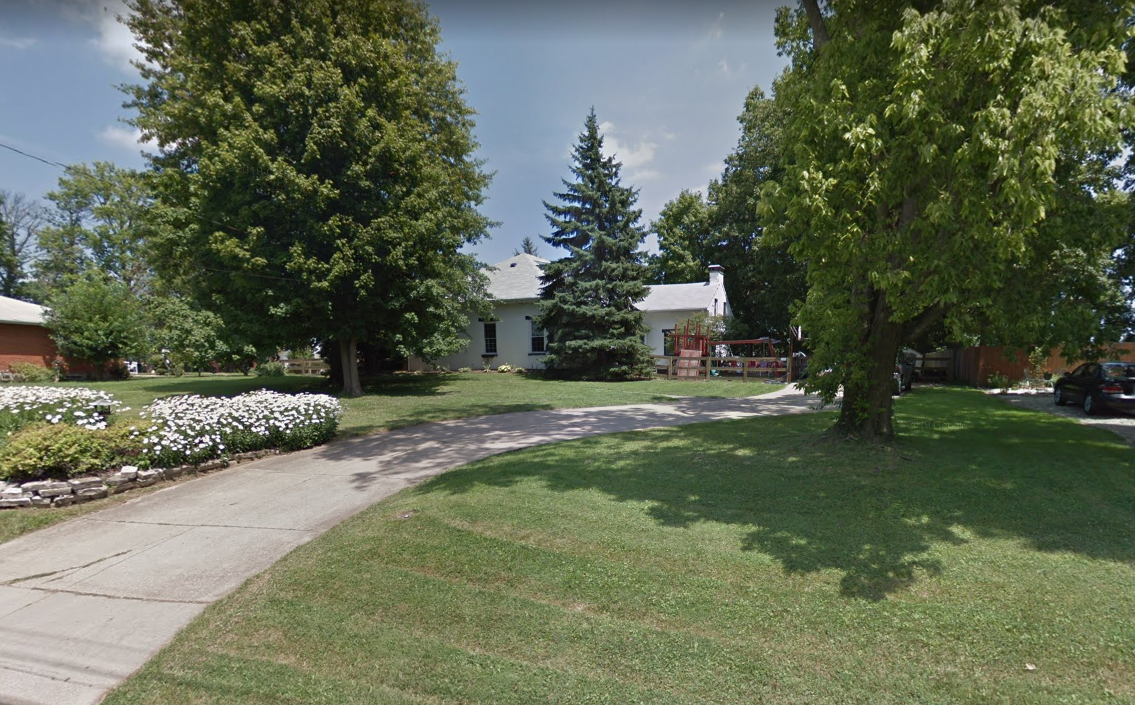A suburban city located in northwestern Kenton County, was first settled around 1807, when Bartlett Graves built a log cabin on land he had purchased there in prior years. A large-scale settlement occurred after the Covington-Lexington turnpike was chartered in 1829. The small community that grew up around a tollgate was originally known as Timberlake in honor of local physician, William Timberlake. When the Southern Railroad arrived in 1873, the depot was named Greenwood after the president of the railroad. The depot was renamed Silver Lake to avoid confusion with five other cities along the rail line. When a post office was established in 1882, both the post office and the depot were named Erlanger in honor of Baron Frederic Emile D’Erlanger. The Baron was a German-born English financier who headed up a land syndicate created to develop the city. The land syndicate persuaded the railroad to make Erlanger a stop for all passenger trains and it offered one year of free rail transportation to anyone who located there. The town grew quickly and was incorporated in 1897. Businesses grew along the Covington-Lexington Road, which was paved in 1921. When Interstate I-75 was established in the early 60’s, subdivisions and industrial areas built up along the interstate, and Erlanger led the Cincinnati metropolitan area in new construction for three years in the 1960’s.



